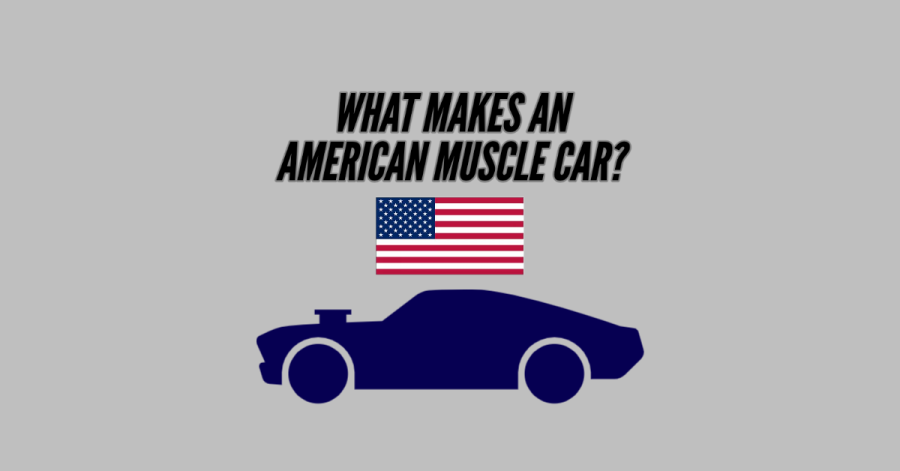What makes an American Muscle Car?
March 7, 2023
The first ‘American muscle car’ made its debut in 1964. This was General Motors’ Pontiac GTO produced by its Pontiac Motor Division (PMD). The term ‘muscle car’ came from the Pontiac GTO and ever since then, it caught on to other car manufacturers. This car boasted a big block V8 engine and had 400 lb-ft of torque that could push it from 0-60 in 5.2 seconds.
The concept of a muscle car originates from drag racing culture and hot rods, as the name suggests; they are performance vehicles that are all about muscle. The 1960s and 1970s were the golden years of American automotive engineering, and the most iconic muscle cars were born during this time period.
Despite the fact that the first muscle car originally appeared in 1964, its history actually began in the 1920s. Moonshiners and bootleggers required the fastest vehicles to outrun the authorities during Prohibition (1920–1933). By customizing their vehicles to drive quicker while enhancing their cargo capacity and handling, these bootleggers became famous.
Muscle cars were built with the primary objective of quick acceleration with few turns involved. The poor handling has to do with the shape and weight of the car. Muscle cars generally tend to be much wider and feature sharp edges. A typical muscle car is equipped with a rear-wheel-drive and has two doors. Other features include a large V8 engine, wide tires, flared fenders, and large hood scoops.









